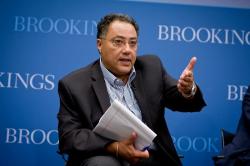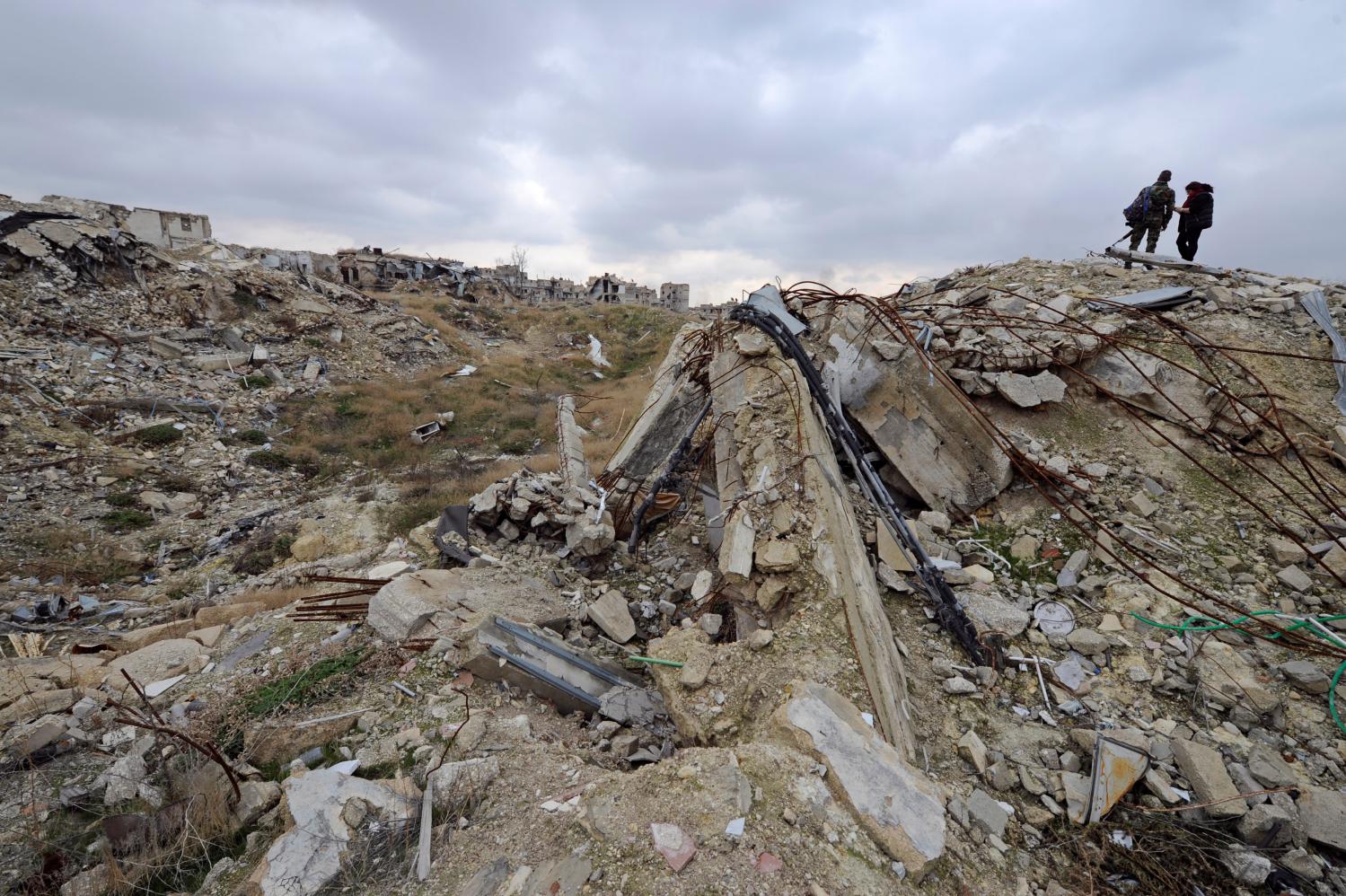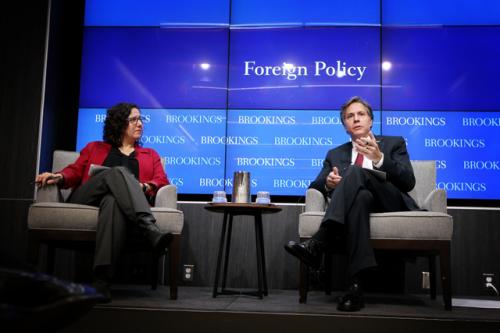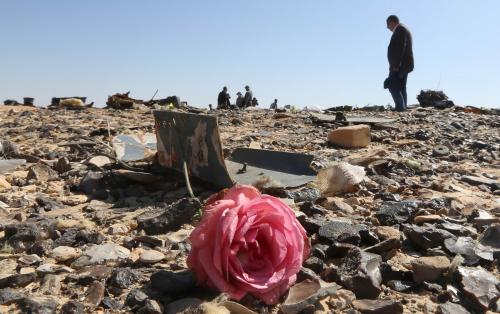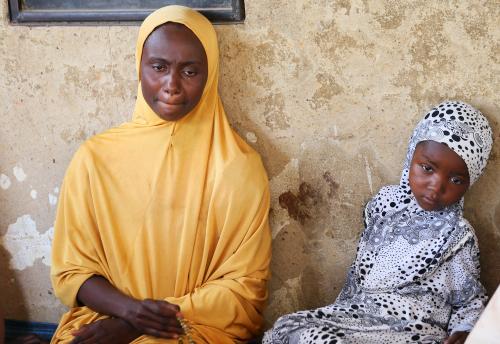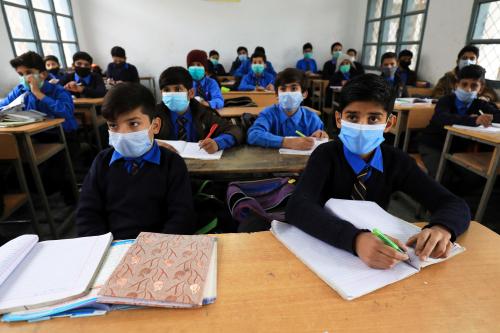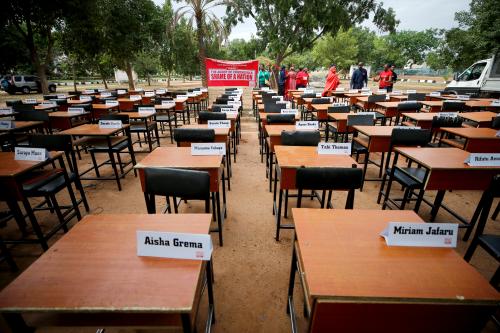The year 2016 saw a spate of global terrorist attacks in United States, Ivory Coast, Belgium, France, Pakistan, Turkey and Nigeria, which has led to an increased focus on ways to combat terrorism and specifically, the threat of Daesh (Arabic acronym for ISIS, Islamic State of Iraq and Syria). Figures from Institute for Economics and Peace show that terrorist violence in 2014 rose by 80 percent to 32, 685 casualties compared to 2013 and then fell back by ten per cent in 2015. Even with the decline, 2015 was the second deadliest year for terrorism since 2000. This is a global challenge, but it is particularly important for the development community.
Increasingly, development practitioners are interested in preventing terrorism for two reasons. First, most terrorism victims live in developing countries. The vast majority of terrorist attacks have occurred in just five countries: Iraq, Nigeria, Afghanistan, Pakistan, and Syria, with private citizens and property being the prime target of most attacks. Second, violence and instability have negative impacts on development outcomes. Huge declines in tourism and foreign direct investment have led to falling growth rates in countries like Egypt and Tunisia. More dramatically, Hallaj (2015) argues that Syria has lost well over 30 years of development and economic growth.
Terrorist violence has taken many forms all over the world. While the majority of terrorist violence is carried out by organizations like Boko Haram, Daesh and the Taliban, most attacks in the west are carried out by lone wolves.1 In fact, Daesh encourages “isolated actions of selfradicalized people, who have absolutely no direct contact with Daesh, and yet who consciously act in its name”.2 Recent attacks in Tunisia, Egypt, Brussels, and Paris have been carried out by individuals returning after becoming radicalized in Iraq, Syria, and Libya. A common thread among all terrorist attackers is their support for violent extremism or radical militant ideas. Hence preventing ‘radicalization’ rather than ‘terrorism’ can be an effective first step towards combating terrorism.
Radicalization or violent extremism can refer to both the expression of extreme views as well as the actual exercise of violence. The U.S. Agency for International Development (USAID) defines radicalization as the act of “[a]dvocating, engaging in, preparing or otherwise supporting ideologically motivated or justified violence to further social, economic and political objectives” (USAID 2011). The U.K. Department for International Development (DFID) considers radicalization as terrorism and defines it as “the use of and facilitation of violence targeted on civilians as a means of rectifying grievances, real or perceived, which form the basis of increasingly strong exclusive group identities” (DFID 2013). In this paper, we investigate what is driving support for radicalization or violent extremism among the general population in Middle East-North Africa.
The nascent literature on drivers of radicalization has highlighted several factors, with recent reports citing ‘frustrated expectations of individuals for economic improvement and social mobility’ as a key driver.3 Taspinar (2009) calls this phenomenon relative deprivation – the absence of opportunities relative to expectations. This paper empirically tests the importance of a specific type of relative deprivation linked to labor market outcomes (which do not reflect educational attainment) in fueling support for violent extremism. Previous academic studies have not found any conclusive links between employment and income and support for militant groups (Blair et al. 2013; Berman et al. 2011). There is also no consensus on the relationship between education and violent extremism. Anecdotal evidence suggests a positive relation between higher education and involvement in terrorism. On the one hand, Kreuger and Maleckova (2003) find that education is uncorrelated to participation in, and support for, terrorism. On the other, Azam and Thelen (2008) show that high education levels discourage participation in terrorist activity. In this paper, we argue that lack of adequate employment opportunities for educated individuals is fueling support for violent extremism among general population. Our view is also supported by recent analysis of data related to Daesh foreign recruits. A 2016 report released by the Combating Terrorism Center (CTC), West Point provides an analysis of 4,600 Daesh foreign fighters from the Islamic State’s personnel records. The data reveals that the fighters were relatively well-educated when compared to education
levels in their home countries, but most previously held low-skilled positions. The 2016 Middle East North Africa (MENA) Economic Monitor by the World Bank also analyzes the same Daesh foreign fighters’ personnel dataset and concludes that the average fighter from MENA is more educated than what is typical of their cohort in their countries.4 Hence, frustration over failure to secure jobs commensurate with their education status could have played a role in radicalizing those fighters.
We use data from Gallup World Poll to investigate if educated individuals with poor or no jobs are more inclined to support violent extremism in MENA countries. We concentrate on MENA since the region is the biggest supplier of foreign fighters to Iraq and Syria. The region’s crisis of civil unrest and terrorism makes it necessary to understand the socio-economic and political context behind radicalization. Our results show that relative deprivation has a significant association with radicalization. Individuals with secondary educations who are unemployed or underemployed have the highest risk of becoming radicalized. We are cautious in claiming a causal story, but this link remains significant under variety of robustness checks – alternate specification, different measures of radicalization, estimating results using the World Values Survey and finally, controlling for individual’s political grievances, economic welfare, physical and mental health, community attachment and social network. Interestingly, the R2 values from our regressions are relatively low, reflecting the notion that much of perceived radical beliefs are unexplained and unobservable.5
This paper is divided into five sections. Section 2 presents an overview of available evidence on the economic drivers of violent extremism. Section 3 describes our data and gives descriptive statistics. Sections 4 and 5 present the results and discuss their implications. The appendix presents sensitivity analysis and tests the robustness of our results.
DOWNLOAD THE FULL REPORT »
-
Footnotes
- Lone wolf terrorism is defined as terrorist acts committed by individuals who act alone and without the support of a terrorist organization.
- How should the world respond to Terrorism? The Atlantic, April 2, 2016.
- Sep, 2011 ‘The development response to violent extremism and insurgency’, USAID. Also see, Taspinar (2009).
- Devarajan, Shantayanan; Mottaghi, Lili; Do, Quy-Toan; Brockmeyer, Anne; Joubert, Clement Jean Edouard; Bhatia, Kartika; Abdel Jelil, Mohamed; Shaban, Radwan Ali; Chaal-Dabi, Isabelle; Lenoble, Nathalie. 2016. Economic and social inclusion to prevent violent extremism. Middle East and North Africa (MENA) Economic Monitor. Washington, D.C. World Bank Group.
- The low R-square is common to studies analyzing opinions using Gallup and World Values Survey.
The Brookings Institution is committed to quality, independence, and impact.
We are supported by a diverse array of funders. In line with our values and policies, each Brookings publication represents the sole views of its author(s).
